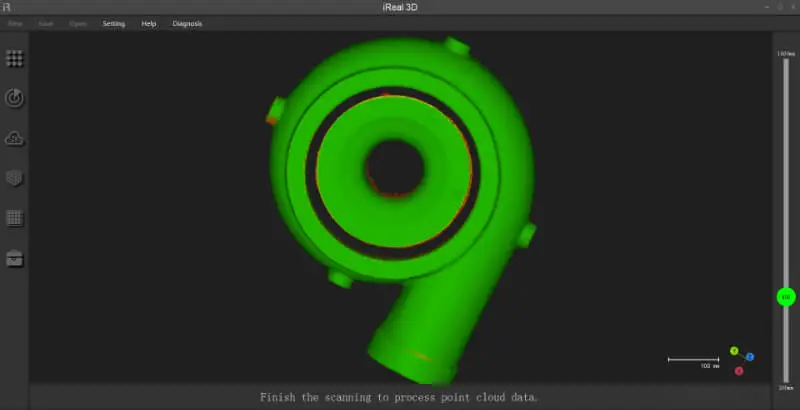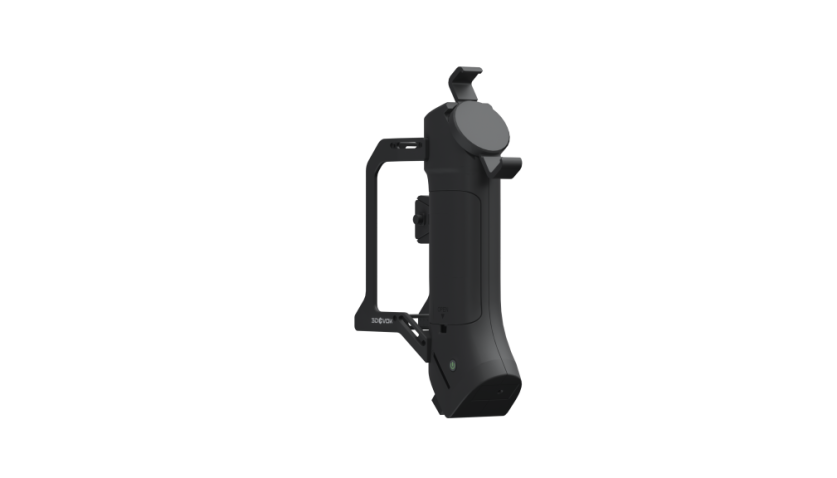How 3D Scanning is enhancing the Construction Industry: Enhancing Accuracy, Efficiency, and Cost-Effectiveness
04/15/25
The construction industry has seen significant advancements in technology over the past few years, with 3D scanning standing out as one of the most transformative. We are proud to be at the forefront of integrating this innovative technology into construction processes. In this article, we’ll explore how 3D scanning is being used and how it can significantly improve the accuracy, efficiency, and cost-effectiveness of your projects.
Streamlining the Design Process
One of the primary uses of 3D scanning in construction is streamlining the design phase. When working on a new project or renovation, having precise measurements of the existing structure is essential. 3D scanning allows us to create highly accurate and detailed models of buildings and environments. By capturing data with laser precision, we can ensure that no critical detail is overlooked, helping us create a design that aligns with reality.
At 3DeVOK, we understand that the success of a construction project relies heavily on accurate planning from the very beginning. By utilizing 3D scanning technology early in the design process, we help businesses avoid costly mistakes and delays caused by errors in measurements. The technology allows us to develop a clearer picture of the project, ensuring a smoother and more efficient workflow.
Enhancing Project Accuracy with 3D Models
As the project moves from the design phase into construction, maintaining high levels of accuracy is crucial. 3D scanning plays a pivotal role here by providing precise models of the construction site. These models can be used for various purposes, including layout verification, clash detection, and progress monitoring.
With 3D scans, we create a digital twin of the construction site that helps us visualize the project in its entirety, right down to the smallest details. This digital model allows us to track the construction progress and make any adjustments needed in real-time. Using 3D models to guide the construction process means that our team can make informed decisions, ensuring that the project stays on track and within budget.
The accuracy provided by 3D scanning helps eliminate errors that could result in rework, and by utilizing these models, we help avoid delays, contributing to a more efficient workflow. Our clients appreciate the real-time insights, which ultimately lead to faster project completion times.
Facilitating Reverse Engineering for Construction Projects
Another valuable application of 3D scanning in construction is 3D scan reverse engineering, especially when working on renovation or restoration projects. Reverse engineering involves creating 3D models of existing structures and then modifying or replicating them for future use. This is particularly useful when dealing with older buildings where blueprints may be outdated or unavailable.
Using 3D scanning, we capture precise data from existing structures and create detailed digital models that can be modified or replicated. 3D scan enabled reverse engineering helps businesses restore and renovate buildings with more modern and efficient solutions. By reusing existing structures and incorporating new technologies, we can help businesses save time and money while preserving historical significance.
The ability to reverse engineer with 3D scanning also enables better planning for maintenance or expansion, as our clients gain a deeper understanding of the current state of their structures.
Conclusion
3D scanning has proven to be a game-changer in the construction industry, offering precise measurements, detailed models, and improved decision-making capabilities. From enhancing the design process to ensuring project accuracy and facilitating reverse engineering, the benefits of 3D scanning are clear. We are committed to helping our clients navigate the complexities of modern construction projects through the power of 3D scanning. Whether you’re working on new builds, renovations, or restorations, we provide the tools and expertise needed to make your project a success. With our help, we can achieve greater accuracy, efficiency, and cost-effectiveness on every project.
Related Articles
View Our Product






